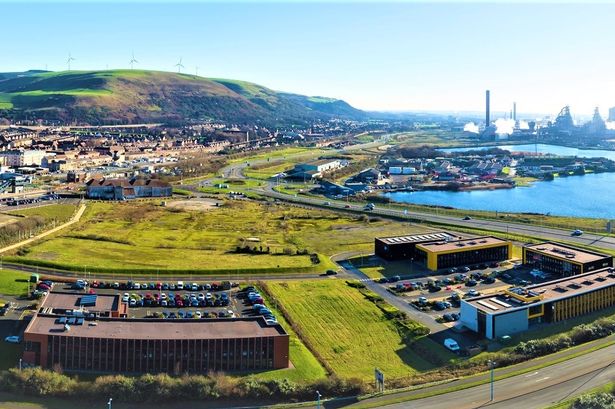An ever-expanding population and declining planetary health could lead to gigantic air domes combatting the leading cause of death, air pollution, and the total destabilisation of global weather patterns. This is according to one of the four future scenarios for our planet in a new report released today by global engineering consultancy, Arup. With the global population expected to increase by 2 billion people, from 7.7 billion to 9.7 billion, by 2050, ‘2050 Scenarios: Four Plausible Futures’ depict how we could live in 2050, based on the intersection between our planet’s health and societal conditions. The four divergent futures in the report – Humans Inc., Extinction Express, Greentocracy and Post Anthropocene – range from the collapse of our society and natural system, to the two living in sustainable harmony. In ‘Humans Inc.’, global temperatures have exceeded the 2°C target and coordinated action on a global level continues to struggle. Here, increased frequency and severity of weather events continue to have a detrimental effect on our cities and ecosystems, yet technological advances have reduced poverty, improved education and ensured jobs are abundant. ‘Extinction Express’ details the dramatic decline in planetary health and human society, where global temperatures far exceed 2°C and the long-term inaction of society and continued exploitation of planetary resources have resulted in colonies on the moon and underwater. ‘Greentocracy’ shows an improvement in planetary health but this has been enabled by severe restrictions on human society: poor living conditions, conflict and authoritarian regimes prevail. The global mean temperature rise remains below 1.5°C due to climate action and fostering biodiversity being at the top of the agenda. ‘Post Anthropocene’, in this future, human society and planetary health exist in a harmonious relationship. Large-scale climate change consequences, such as 15% of artic sea ice melting, catalyse global cooperation on climate change action, helping the global mean temperature rise to remain below 1.5°C. Society only consumes resources at the rate at which can be replenished, and everyone has a carbon quota. Josef Hargrave, Global Foresight Manager at Arup, said: “The four scenarios that we have projected are each extreme yet plausible. To some they may seem alarmist, to others not extreme enough. In every case they help us gain a deeper understanding of both the opportunities and threats we are facing over the coming decades and possible pathways towards these futures. We have the power to shape our future, but which future do we actually want?” The report is intended to inform decisions on the design and planning of our built environment. Each scenario has been developed using detailed research of trends and projections from think thanks, governments, statistical data, NGOs and research institutions, and shows how progress towards achieving the United Nations Sustainable Development Goals (UN SDGs) can drive change for our planet and outlook for humanity. Jo da Silva, Global Sustainable Development Leader at Arup, commented: “Sustainable development is fundamentally about creating a balance between the needs of a growing world population and the finite resources and health of our planet – our life support system. As engineers, scientists and planners, we all have a responsibility to make sure that the decisions made today have a positive impact on our future. We must act now in our shared quest for a safe, resilient and resource-efficient world for all.”









